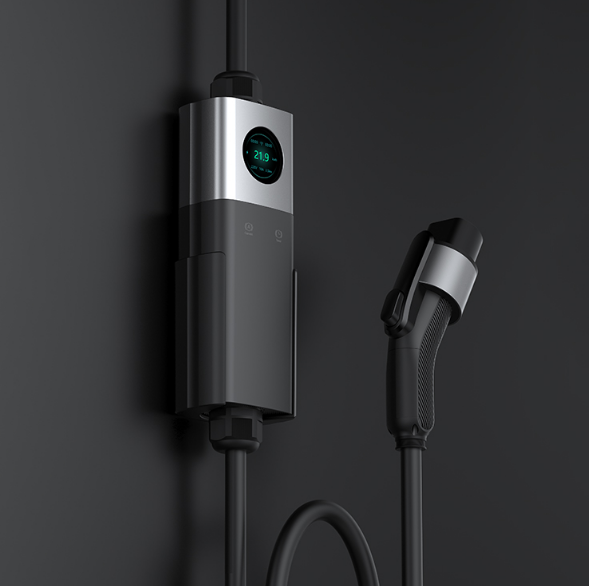As the world shifts toward sustainable transportation, electric vehicles (EVs) are becoming increasingly common on roads worldwide. With this surge in EV adoption, the demand for home charging solutions is growing rapidly. Home EV charger installations are no longer just a convenience—they are a necessity for many EV owners. But what does the future hold for home EV charging? In this article, we’ll explore the emerging trends, technological advancements, and innovations shaping the future of home EV charger installations.

1. Smarter Charging Solutions
The future of home EV charging is undoubtedly smart. Modern chargers are evolving beyond basic functionality, integrating advanced features like Wi-Fi connectivity, mobile app control, and real-time monitoring. These smart chargers allow users to:
- Schedule Charging: Optimize charging during off-peak hours to save on electricity costs.
- Monitor Energy Usage: Track how much energy your EV consumes and its impact on your utility bill.
- Remote Control: Start, stop, or adjust charging sessions from your smartphone, no matter where you are.
As artificial intelligence (AI) and machine learning continue to advance, we can expect even smarter chargers that learn your driving habits and automatically adjust charging schedules to suit your needs.
2. Integration with Renewable Energy
One of the most exciting developments in home EV charging is the integration with renewable energy sources, such as solar panels. Homeowners are increasingly pairing their EV chargers with solar energy systems to create a sustainable and cost-effective charging solution. Key benefits include:
- Reduced Carbon Footprint: Charging your EV with solar power significantly lowers greenhouse gas emissions.
- Energy Independence: Generate and store your own energy, reducing reliance on the grid.
- Cost Savings: Use excess solar energy to charge your EV, lowering your electricity bills.
In the future, we can expect more seamless integration between EV chargers, home energy storage systems (like Tesla Powerwall), and smart energy management systems.
3. Bidirectional Charging (Vehicle-to-Home Technology)
Bidirectional charging, also known as vehicle-to-home (V2H) or vehicle-to-grid (V2G) technology, is set to revolutionize home EV charging. This innovation allows your EV to not only draw power from the grid but also send electricity back to your home or the grid. Here’s why it’s a game-changer:
- Emergency Backup Power: Use your EV as a backup power source during outages, keeping your home running.
- Grid Support: Sell excess energy from your EV back to the grid during peak demand, earning credits or cash.
- Energy Optimization: Store solar energy in your EV battery and use it when needed, maximizing efficiency.
As bidirectional charging technology becomes more accessible, it will transform EVs into mobile energy hubs, enhancing both convenience and sustainability.
4. Faster Charging Speeds
While most home chargers today offer 7kW to 11kW power outputs, the future will bring even faster charging speeds. High-power home chargers, capable of delivering up to 22kW or more, are already emerging. These chargers can significantly reduce charging times, making them ideal for EV owners with larger batteries or higher daily mileage.
However, faster charging requires robust electrical infrastructure. In the future, we may see more homes equipped with three-phase power supplies and upgraded electrical panels to support these high-power chargers.
5. Standardization and Universal Compatibility
As the EV market grows, so does the need for standardization. Currently, different EV manufacturers use various charging connectors and protocols, which can be confusing for consumers. The future will likely bring greater standardization, ensuring that all EVs and home chargers are universally compatible. This will simplify the installation process and make it easier for homeowners to switch between different EV models without needing new equipment.
6. Enhanced Safety Features
Safety will always be a top priority in home EV charger installations. Future chargers will incorporate even more advanced safety features, such as:
- Enhanced Overload Protection: Automatically adjust power output to prevent overheating or electrical faults.
- Improved Weather Resistance: Better protection against extreme weather conditions for outdoor installations.
- AI-Powered Diagnostics: Detect and resolve potential issues before they become problems.
These advancements will make home EV charging safer and more reliable than ever.
